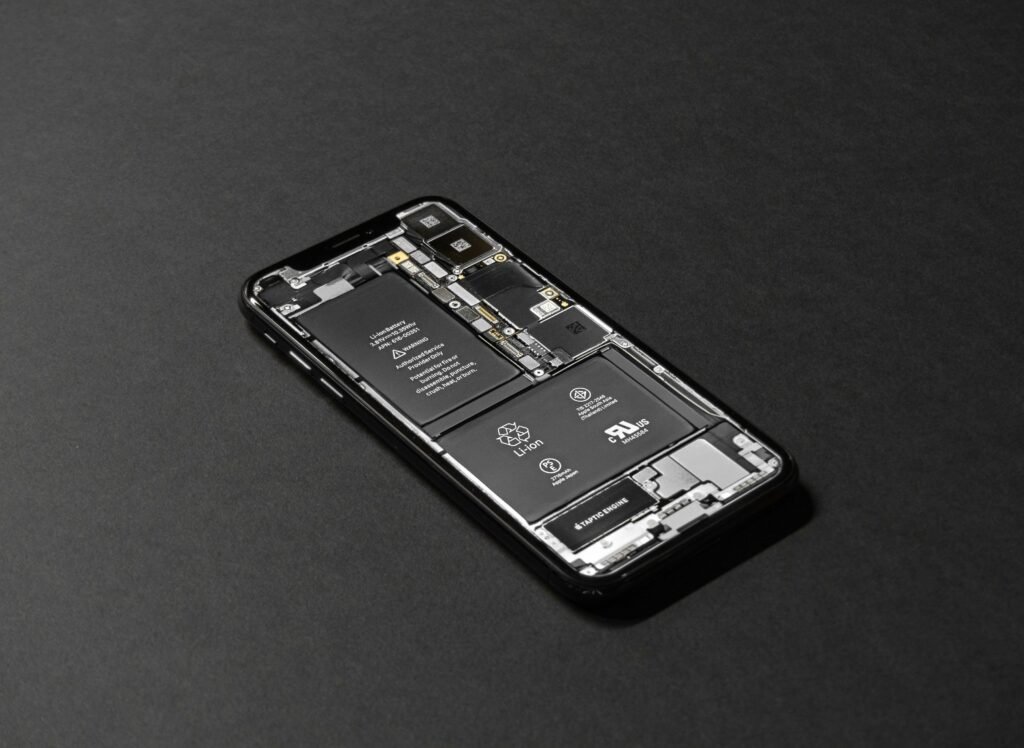What practices are best depend on the type of battery?
NiCd cells must be fully discharged occasionally, or else the battery loses capacity over time due to a phenomenon known as “memory effect.” Once a month (once every 30 charges) is sometimes recommended.
This extends the life of the battery since memory effect is prevented while avoiding full charge cycles which are known to be hard on all types of dry-cell batteries, eventually resulting in a permanent decrease in battery capacity.
Lithium-ion
Most modern cell phones, laptops, and most electric vehicles uses Lithium-ion batteries. These batteries last longest if the battery is frequently charged; fully discharging them will degrade their capacity relatively quickly.
When storing however, lithium batteries degrade more while fully charged than if they are only 40% charged.
As with all battery types, degradation also occurs faster at higher temperatures. Degradation in lithium-ion batteries is caused by an increased internal battery resistance due to cell oxidation. This decreases the efficiency of the battery, resulting in less net current available to be drawn from the battery.
However, if Li-ION cells are discharged below a certain voltage a chemical reaction occurs that make them dangerous if recharged, which is why probably all such batteries in consumer goods now have an “electronic fuse” that permanently disables them if the voltage falls below a set level. The electronic fuse draws a small amount of current from the battery, which means that if a laptop battery is left for a long time without charging it, and with a very low initial state of charge, the battery may be permanently destroyed.
Lead-Acid
Motor vehicles, such as boats, RVs, ATVs, motorcycles, cars, trucks, and more use lead–acid batteries. These batteries employ a sulfuric acid electrolyte and can generally be charged and discharged without exhibiting memory effect, though sulfation (a chemical reaction in the battery which deposits a layer of sulfates on the lead) will occur over time. Typically sulfated batteries are simply replaced with new batteries, and the old ones recycled. Lead–acid batteries will experience substantially longer life when a maintenance charger is used to “float charge” the battery. This prevents the battery from ever being below 100% charge, preventing sulfate from forming. Proper temperature compensated float voltage should be used to achieve the best results.


